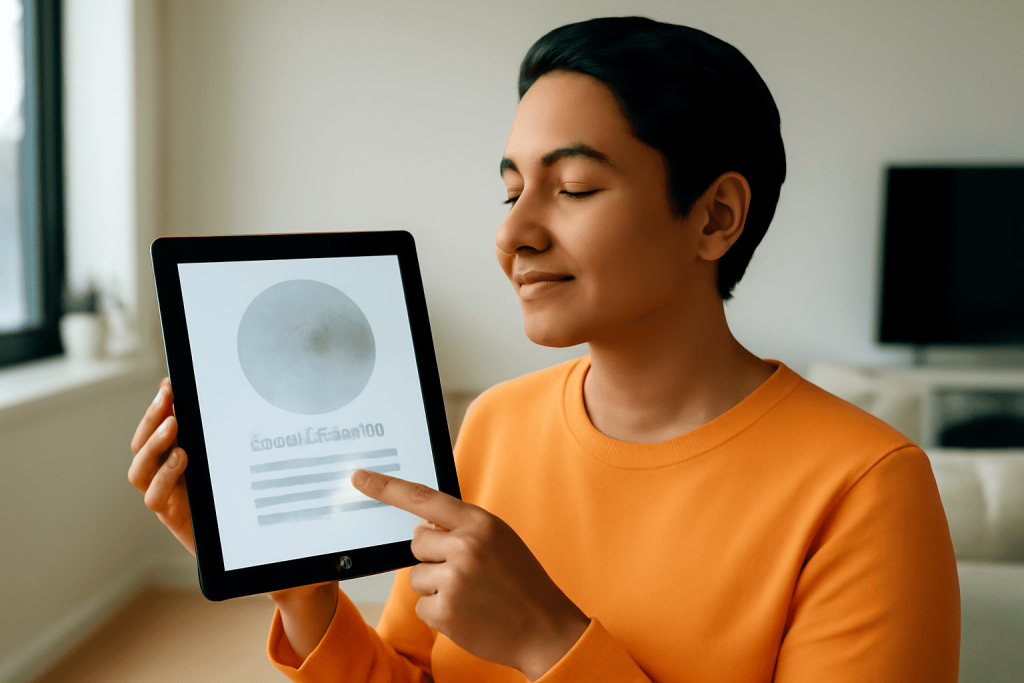Can a blood test really tell you how fast you’re aging—or even predict your future healthspan? Blood-based aging clocks, which estimate biological age using DNA methylation, proteins, or metabolites, are now a staple of the biohacker toolkit. Here’s what the latest science says about their accuracy, utility, and how to use them wisely in your personal longevity strategy.
-
What Are Blood-Based Aging Clocks?
Blood-based aging clocks analyze molecular patterns in your blood to estimate your “biological age”—how old your body truly is compared to your chronological age. The most common types are:
-
Epigenetic clocks:Measure DNA methylation patterns (chemical tags on your DNA) to predict aging and mortality risk12.
-
Proteomic clocks:Analyze blood protein levels linked to inflammation, tissue integrity, and disease risk3.
-
Metabolomic clocks:Use metabolite signatures that reflect lifestyle, nutrition, and metabolic health.
These tests are available as at-home kits or through clinics, requiring a blood, saliva, or cheek swab sample. Results offer a snapshot of your aging rate and can be used to track the effects of lifestyle interventions over time4.
-
How Accurate Are These Tests?
| Clock Type | What It Measures | Strengths | Limitations | Best Use Case |
|---|---|---|---|---|
| Epigenetic | DNA methylation | Strong research, predicts mortality | Sensitive to lab methods, cell type bias | Tracking long-term aging, risk strat. |
| Proteomic | Blood protein markers | Reflects inflammation, tissue health | Less validated for “true” aging | Monitoring health status |
| Metabolomic | Metabolite signatures | Sensitive to lifestyle change | Fluctuates daily, less predictive long-term | Feedback on interventions |
-
Epigenetic clocks(like the new IC Clock) now outperform older versions for predicting all-cause mortality and functional decline, integrating immune and lifestyle factors for a more holistic view of aging12.
-
Proteomic clockscan predict multimorbidity and functional status, sometimes even outperforming DNA methylation clocks for certain outcomes3.
-
Metabolomic clocksare highly responsive to recent changes but may not reflect long-term aging trends.
Blood-based clocks are most accurate when used on blood samples (not other tissues), as most algorithms were trained and validated on blood data5.Individual results can be influenced by temporary factors (stress, illness, circadian rhythms), so context and repeat testing matter64.
-
Real-World Utility for Biohackers
Pros:
-
Motivates positive lifestyle changes by showing the impact of interventions (diet, exercise, sleep).
-
Useful for tracking trends over time, especially with consistent testing and the same platform4.
-
Some new clocks (like the IC Clock) can be run on dried blood spots, making them more accessible globally2.
Cons:
-
Not a crystal ball: Results can be skewed by short-term factors or lab variability.
-
No test is 100% predictive for individuals—aging is multi-dimensional and organ-specific65.
-
Interpretation requires context—accelerated biological age isn’t always negative, especially in certain health contexts6.
-
How to Use Biological Age Tests Wisely
-
Choose reputable, validated kitswith transparent science and peer-reviewed algorithms4.
-
Follow instructions for sample collectionto avoid contamination and ensure accuracy.
-
Repeat tests with the same providerto track your own trends, not just compare to population averages.
-
Combine results with other health data(VO2 max, grip strength, blood pressure) for a fuller picture.
-
Consult a professionalfor interpretation and to design targeted interventions.
-
Actionable Takeaways
-
Use blood-based aging clocks as a motivational and tracking tool—not a diagnosis.
-
Focus on trends and patterns, not single results.
-
Pair biological age testing with holistic lifestyle changes: nutrition, movement, sleep, and stress management.
-
Stay updated: New multi-omics clocks and dried blood spot tests are making biological age tracking more accurate and accessible than ever2.
-
Wow Moments: Surprising New Knowledge
-
The latest IC Clock outperforms older epigenetic clocks for predicting mortality and functional decline—and can be run on a simple dried blood spot2.
-
Proteomic clocks can sometimes predict disease risk and functional status even better than DNA methylation clocks, especially for vascular aging3.
-
Biological age can swing by up to 10 years compared to chronological age in healthy adults, and can shift within weeks after intense lifestyle interventions64.
-
Organ-specific clocks are in development, highlighting that different tissues age at different rates5.
Conclusion
Blood-based aging clocks are powerful tools for anyone serious about optimizing longevity. While they’re not perfect predictors, they offer actionable insights that, when combined with expert guidance and holistic habits, can help you track and potentially slow your rate of aging. Use them as part of a broader health strategy—and remember, the real power lies in how you act on the data.

